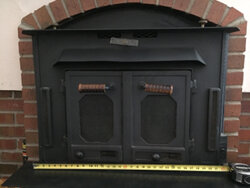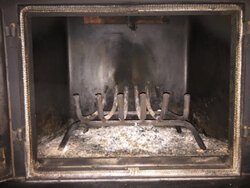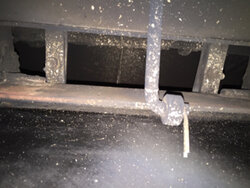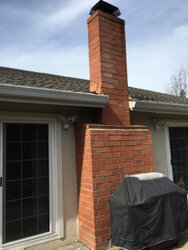Hey everyone! I'm getting mixed advice amongst chimney experts in the industry, so coming to the real world experts here on Hearth. Some are saying "not a problem at all, completely safe". Others saying "will burn your house down, completely unsafe!" This is where you come in!
Question: If all you are burning are sawdust logs (prest logs, one log at a time) in an old Buck Stove wood burning insert that has been used for years with no problem inside a 1980s built red brick fireplace and chimney without a liner, and there is no creosote in the chimney (since not burning wet/green wood), then do you "really" need a liner?
My chimney has dry stacked terra cotta titles inside and virtually no creosote built up. I'm understand in our litigious society these days to "err on the side of safety" and give "text book CYA answers", so appreciate some realistic balance with some engineering safety logic vs. arbitrary "not 100% safe" that doesn't seem to pass the gut check.
Thanks in advance!
PS: Here are some pics of my setup




Question: If all you are burning are sawdust logs (prest logs, one log at a time) in an old Buck Stove wood burning insert that has been used for years with no problem inside a 1980s built red brick fireplace and chimney without a liner, and there is no creosote in the chimney (since not burning wet/green wood), then do you "really" need a liner?
My chimney has dry stacked terra cotta titles inside and virtually no creosote built up. I'm understand in our litigious society these days to "err on the side of safety" and give "text book CYA answers", so appreciate some realistic balance with some engineering safety logic vs. arbitrary "not 100% safe" that doesn't seem to pass the gut check.
Thanks in advance!
PS: Here are some pics of my setup




Last edited:

